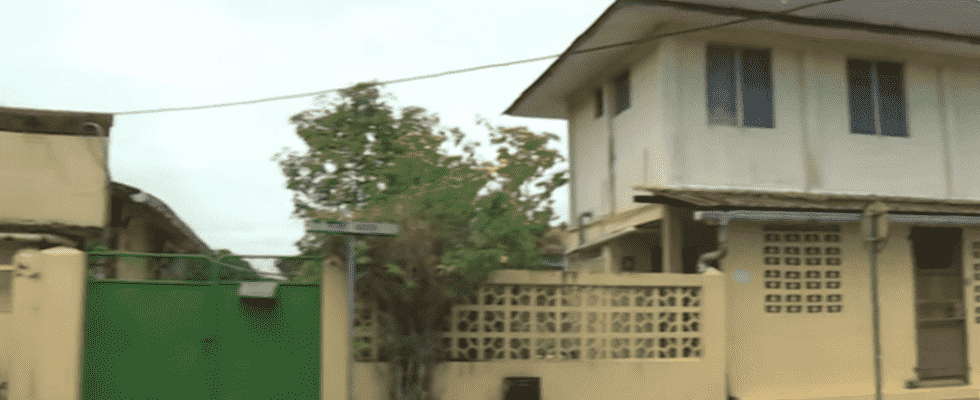In French Guiana, “Indian homes” are boarding schools in which Amerindian children have been educated and converted to Catholicism, sometimes by force, since the 1930s. of February and calls for a Truth and Reconciliation Commission, similar to what has been done in Canada.
For a long time, this memory of “Indian homes” remained confined to the intimacy of families. For some, the boarding school was valued as a place to learn French or a trade.
But for Alexis Tiouka, it is the story of a heartbreak, the loss of his parents, his culture and his identity. ” Violence, we feel it as soon as we arrive in the homes and we cut your hair “, he explains. ” As that as a child, we had very long hair, it shows a spirituality, we grow up with nature. It is this first trauma. And then we give you a number. I had number 17; it was simply through this number that we recognized each other. My real name means “little warrior for peace”. »
In Iracoubo, two hours by car west of Cayenne, the boarding school closed a long time ago, but the church, the presbytery and the old dormitories, now renovated, are still there.
Guillaume Kouyouri remembers. ” There, there was only enough to tie the hammocks. I was almost in the middle “, he says. “ This is where our nights were spent. […] You had to die inside to be able to adapt to this new system of life, which pushed me to run away. »
► To listen also Marronnage: the Bushinengué of Guyana claim their history
Taking children away from their families to ” make them little French »
The young Guillaume who ran away was brought back to the boarding school by the gendarmes. Because the history of these “men” is that of a partnership between the department and the religious on a territory which has never applied the law of separation of the Church and the State.
” What is at stake in these boarding schools is the removal of children from their families in order to make them French children, to assimilate them, to evangelize them, to make these indigenous peoples future salaried workers for Guyana who , in the 1950s at the time of departmentalization, is considered to be underdeveloped because it is underpopulated “, explains Hélène Ferrarini, author of the book Let’s go children of Guyana. ” It is a question of bringing into the working proletarian mass all the populations present on the territories, including the Amerindian peoples, who until now led autonomous, subsistence and nomadic lives.. »
Story of a tearing away from the family unit, of a forced acculturation, the collective and perhaps the Truth and Reconciliation Commission want to shed light on this episode, including on the violence if it was hidden.
